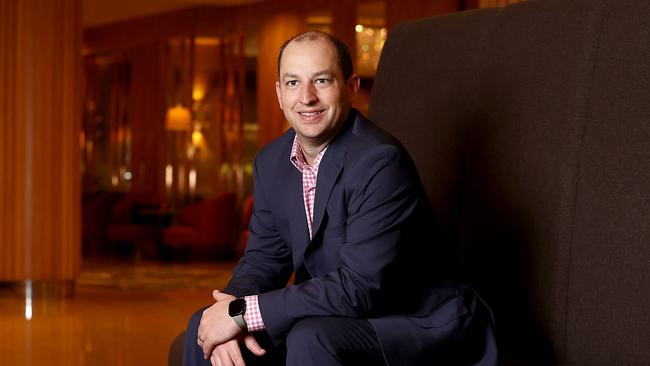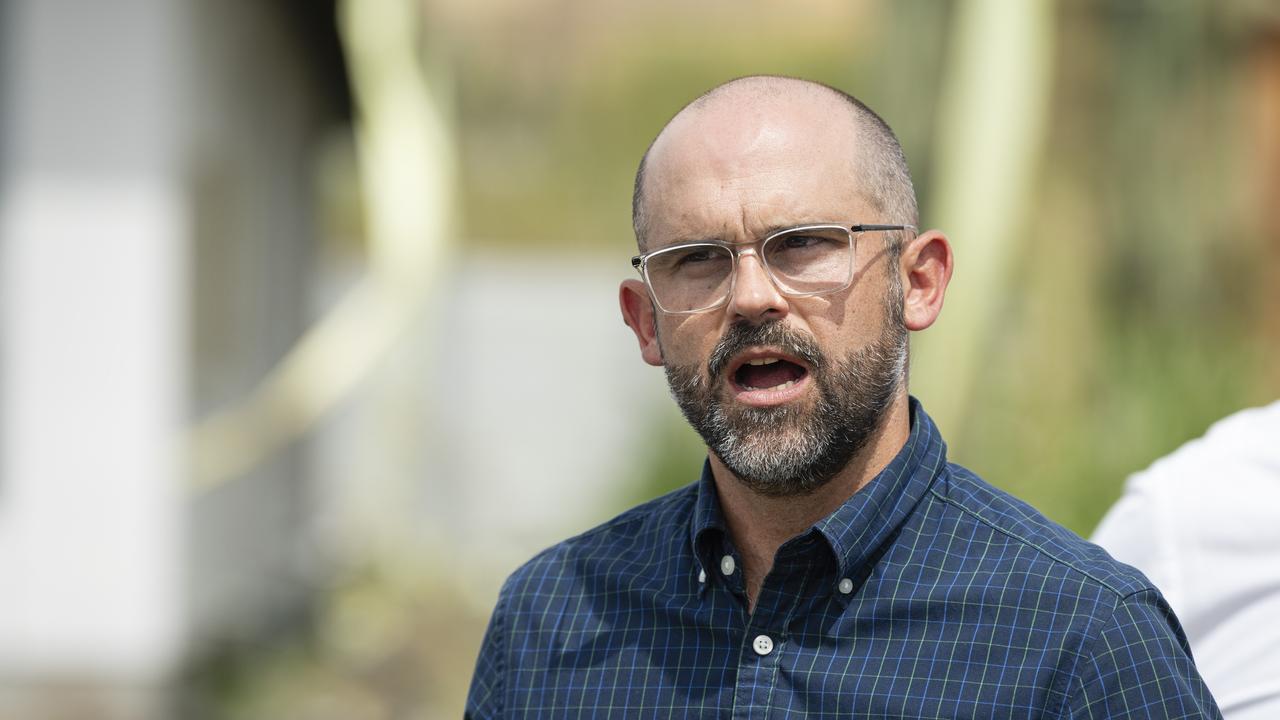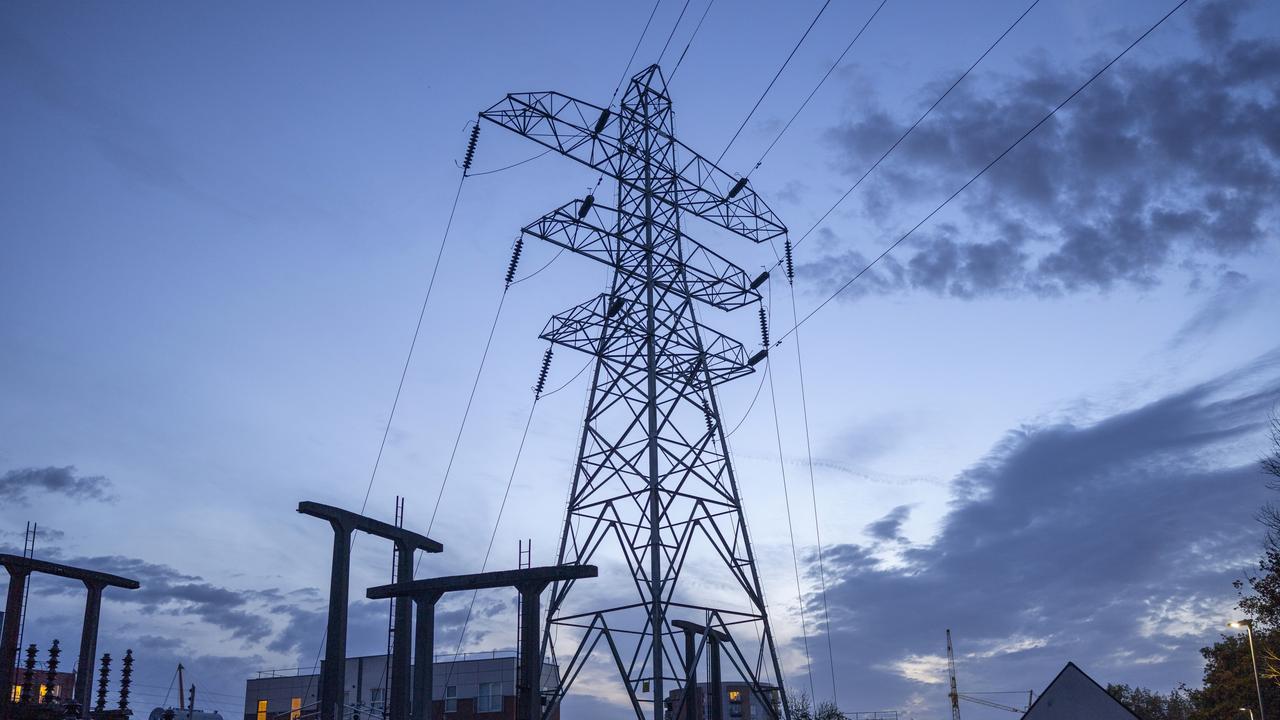Novonix in $20m graphite spinout
The battery materials group will spin out its Queensland graphite deposits in a $20m listing as it focuses on its manufacturing operation in the US.

Battery materials company Novonix will spin out its Queensland graphite deposits in a $20m listing as it focuses on its burgeoning manufacturing operation in the US.
ASX-listed Novonix and Lithium Energy say they will merge their adjoining graphite assets in the north of the state into a new company called Axon Graphite as part of the deal.
Lithium Energy and Novonix will each hold a 25 per cent cornerstone equity holding in the new company after the IPO.
Novonix’s Mt Dromedary graphite deposit is adjacent to Lithium Energy’s Burke deposit, 125km north of Cloncurry in North Central Queensland. North Queensland is emerging as an important location for the production of critical materials for battery technologies in Australia.
Novonix chief executive Chris Burns said the new stand-alone company was an opportunity to attract new development capital.
“The growth opportunity in the electric vehicle and energy storage systems battery markets for anode materials and high-grade graphite products is significant over the next decade,” Dr Burns said.
“We believe the combination of the Mt Dromedary and Burke assets will enhance the scale and economics of these resources.”
Graphite is used as the anode material in lithium-ion battery manufacturing and therefore in virtually all electric vehicle batteries.
The deal comes a day after Novonix announced it would receive a $US103m ($159m) US tax credit to ramp up of production of critical battery materials from its Riverside facility in Chattanooga, Tennessee.
The US is pumping billions of dollars into a long-term plan to support clean energy manufacturing and critical materials processing under the Inflation Reduction Act.
The Biden administration is moving to wean the US electric vehicle battery chain away from China as it strengthens local supply chain in key sectors. Electric vehicle sales were forecast to hit a record 9 per cent of all passenger vehicles in the US last year.
In February, Novonix sealed a $153m deal to supply battery material, including 10,000 tonnes of high-performance synthetic graphite anode, to Japanese electronics giant Panasonic Energy.
China’s dominance in graphite mining and processing – the country makes up about 77 per cent of global production – has other countries, including the US and Australia, concerned about supply chain risks. China’s Ministry of Commerce announced export controls for natural and synthetic graphite and their products from December 1.
“The problem for the auto industry is that the US government is trying to build a resilient electric vehicle supply chain that levers away mainland China’s influence on the EV battery supply chain. When it comes to graphite, this is a big problem,” S&P said.
Axon Graphite plans to develop a vertically integrated battery anode material manufacturing facility in Queensland, subject to the successful completion of the IPO.
The business will produce a purified graphite product that can be sold as a battery anode material for use in lithium-ion battery manufacturing or for battery energy storage.
Lithium Energy executive chairman William Johnson said that the consolidation of the deposits of both companies would create a “world-class inventory of high-grade graphite”. “We expect significant operational synergies and economies of scale will be gained from the consolidation of these adjacent graphite deposits,” Mr Johnson said.



